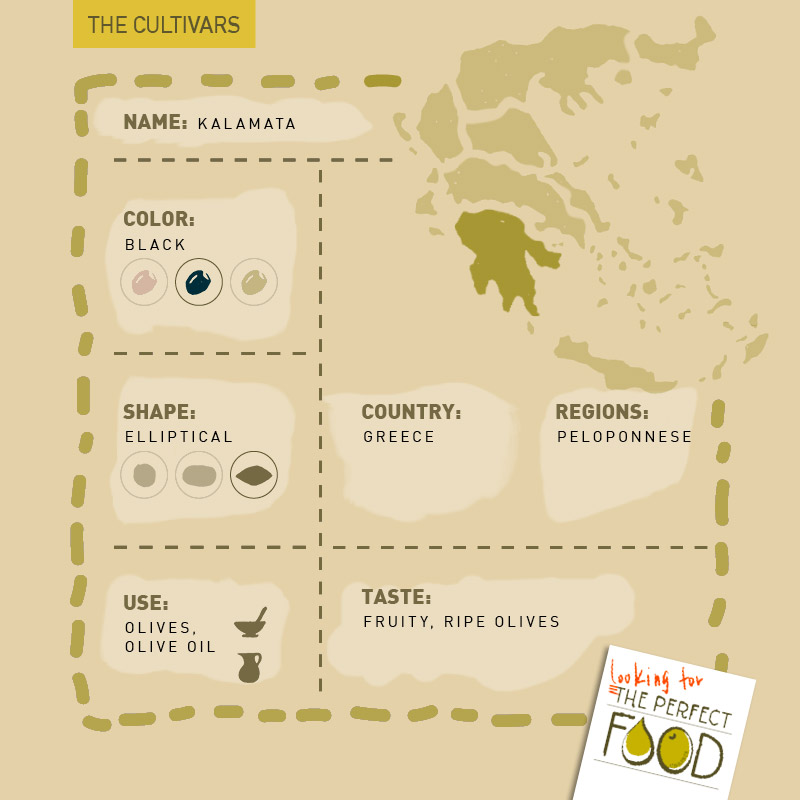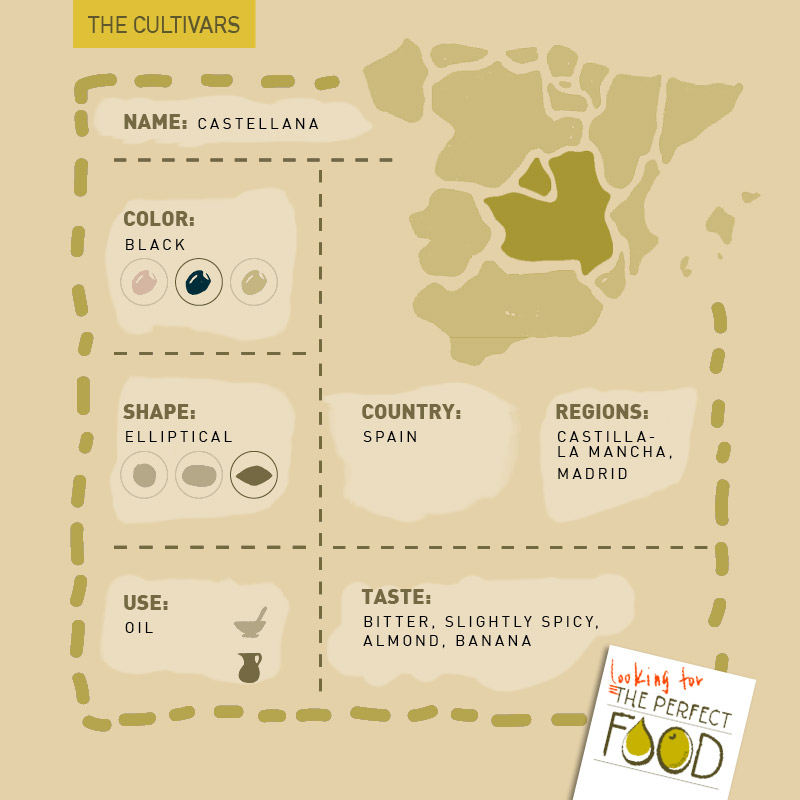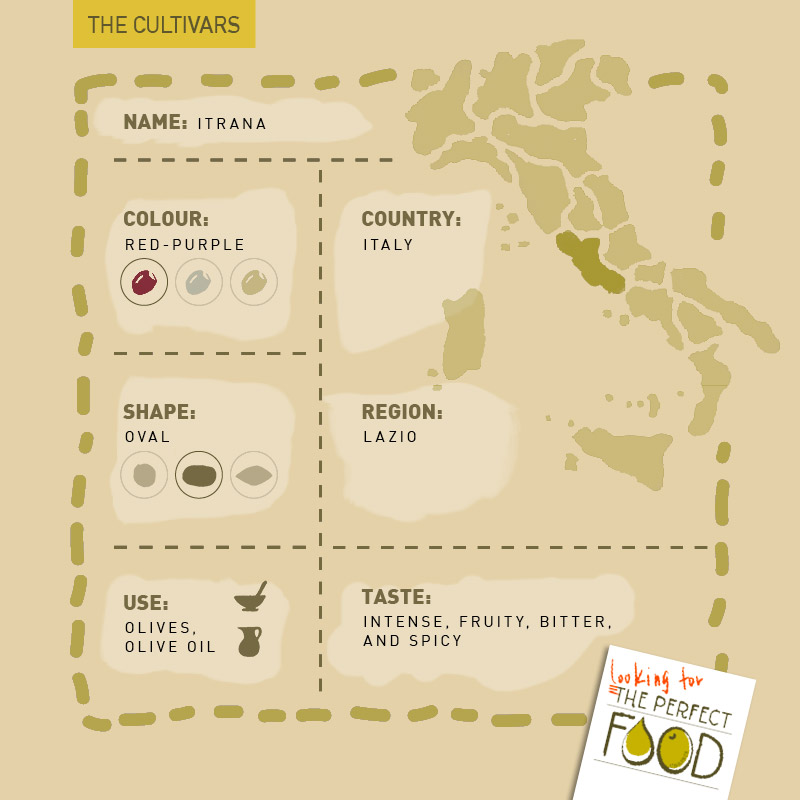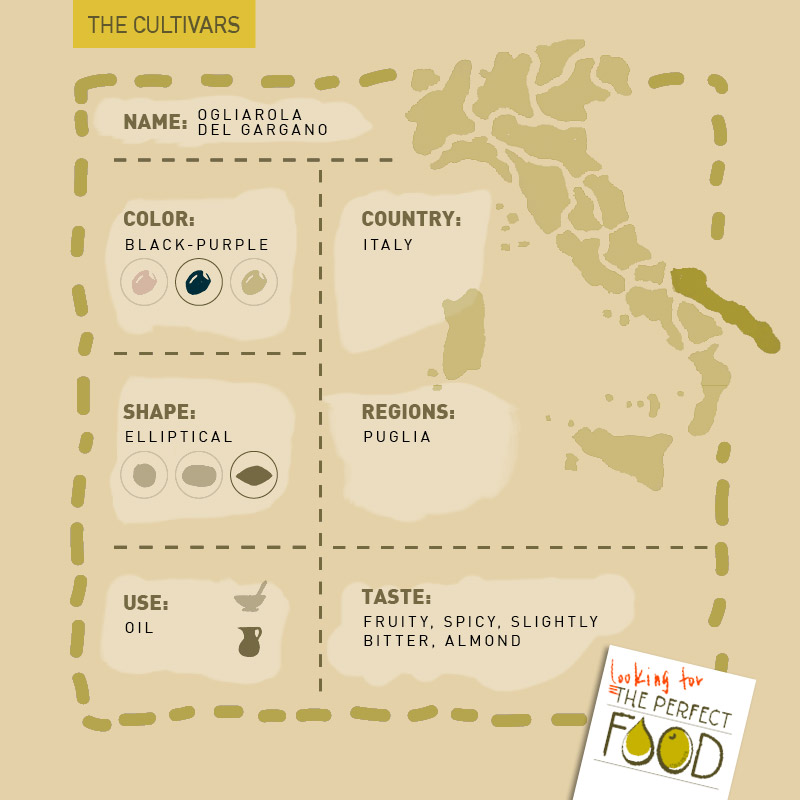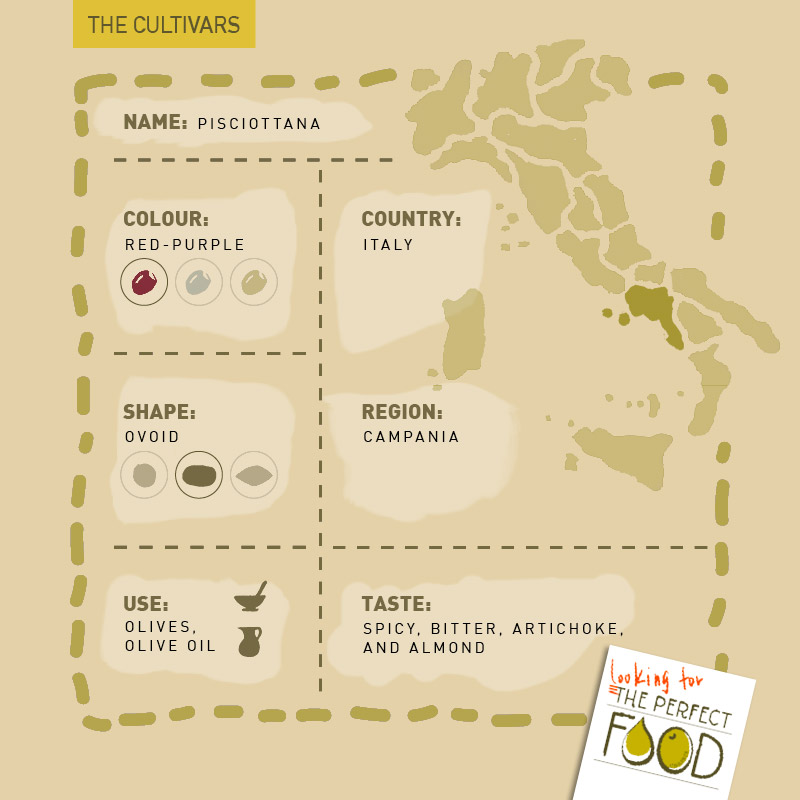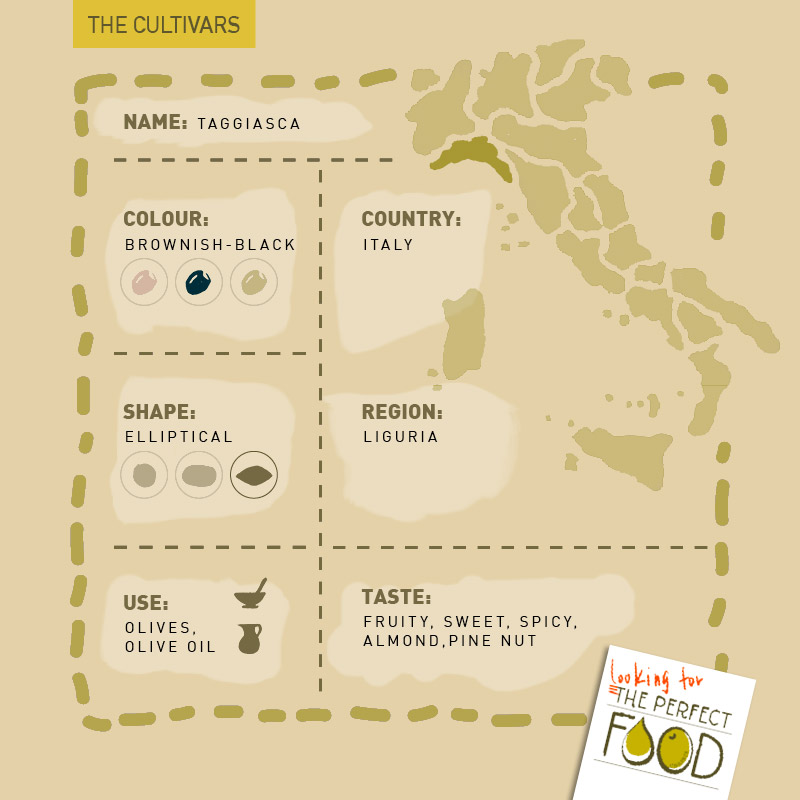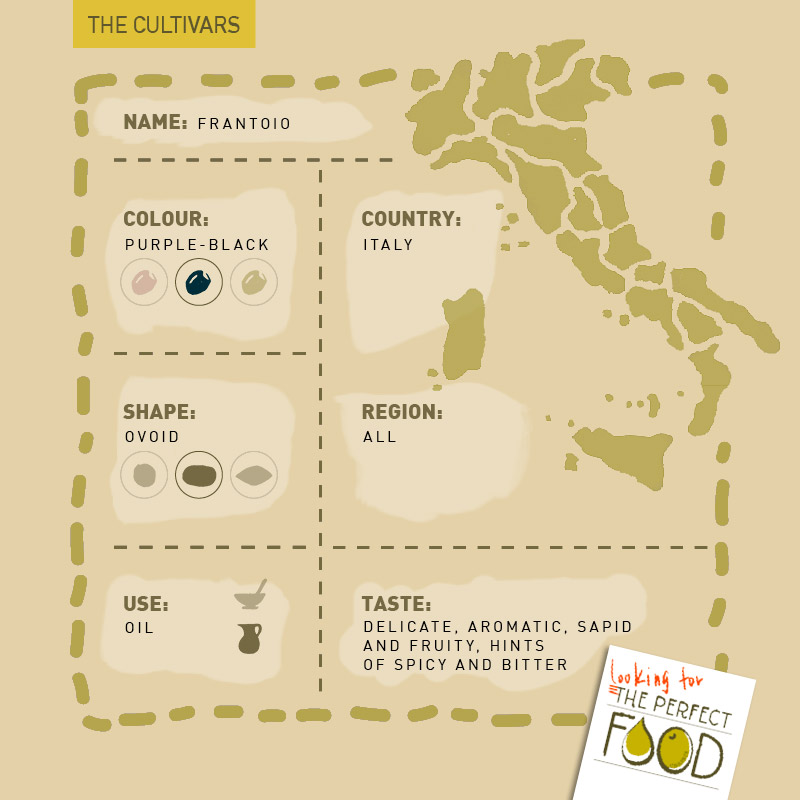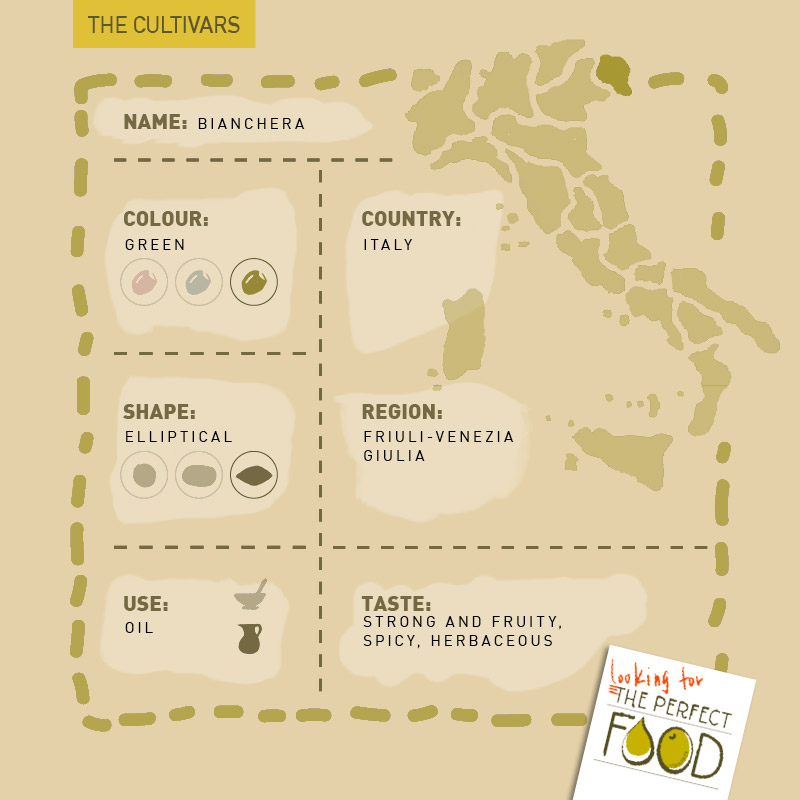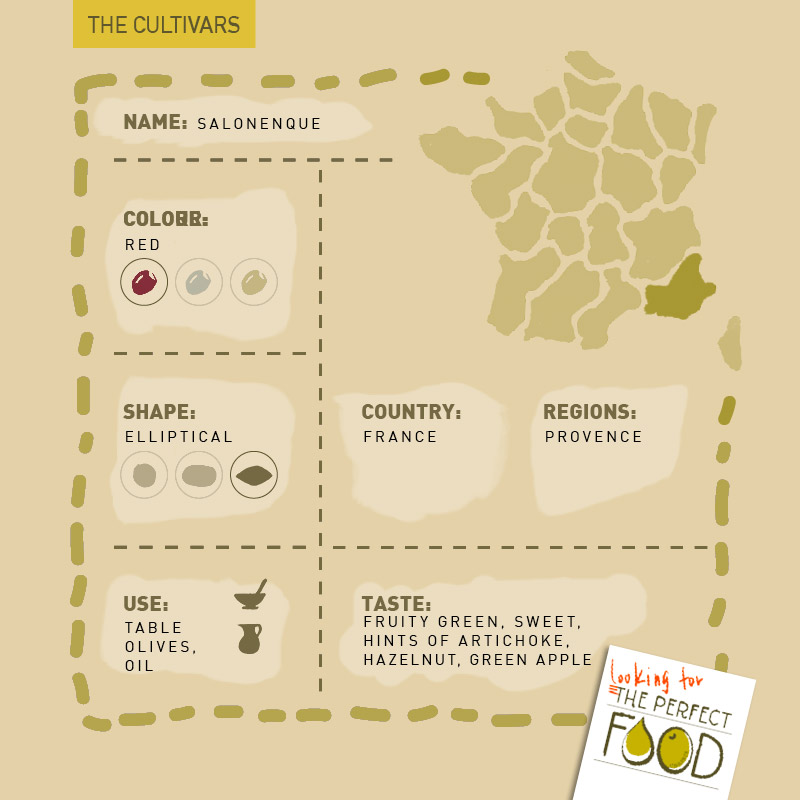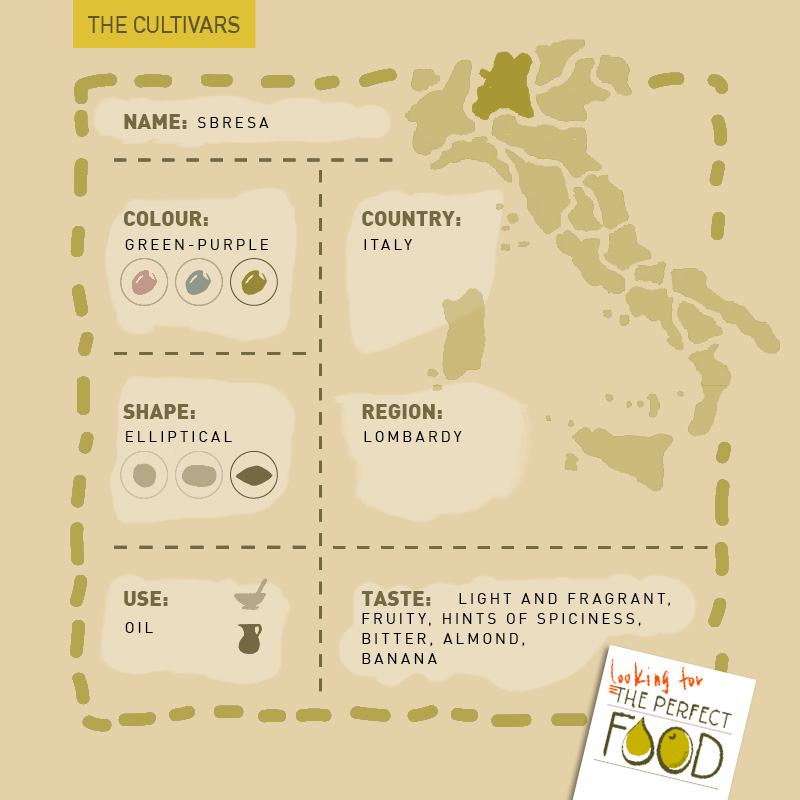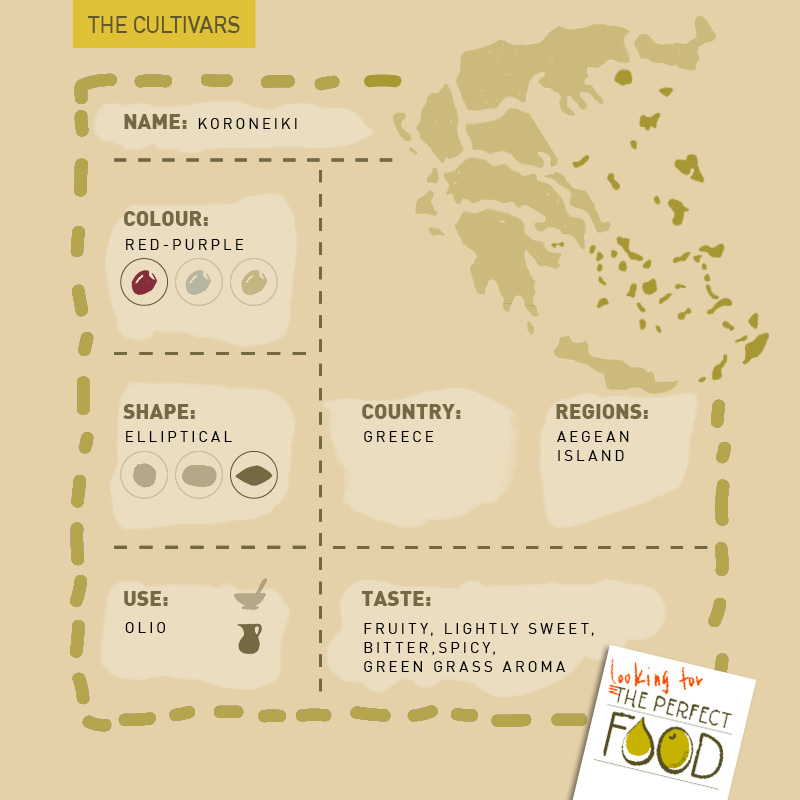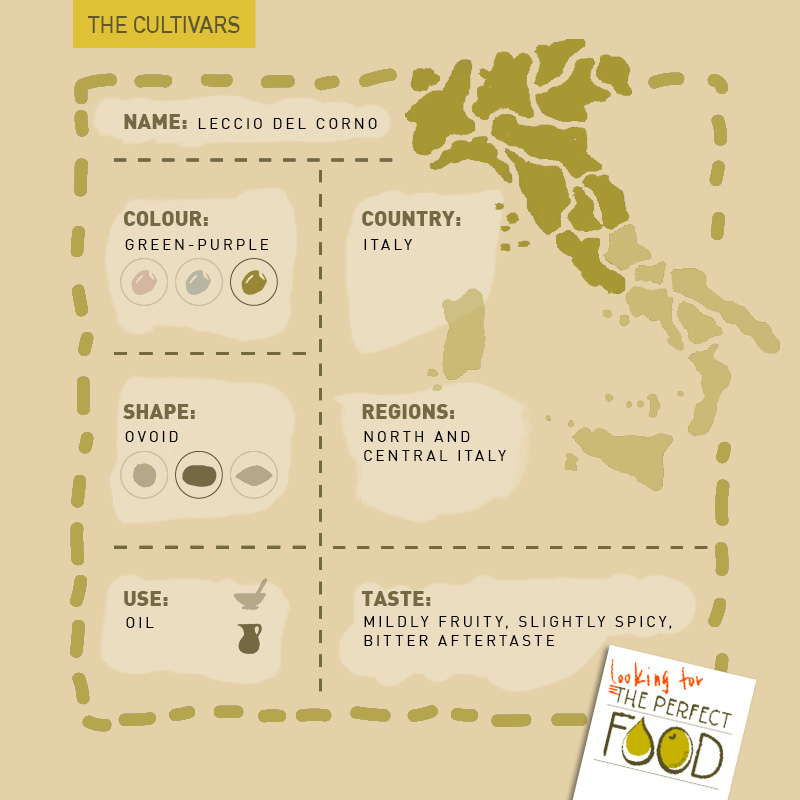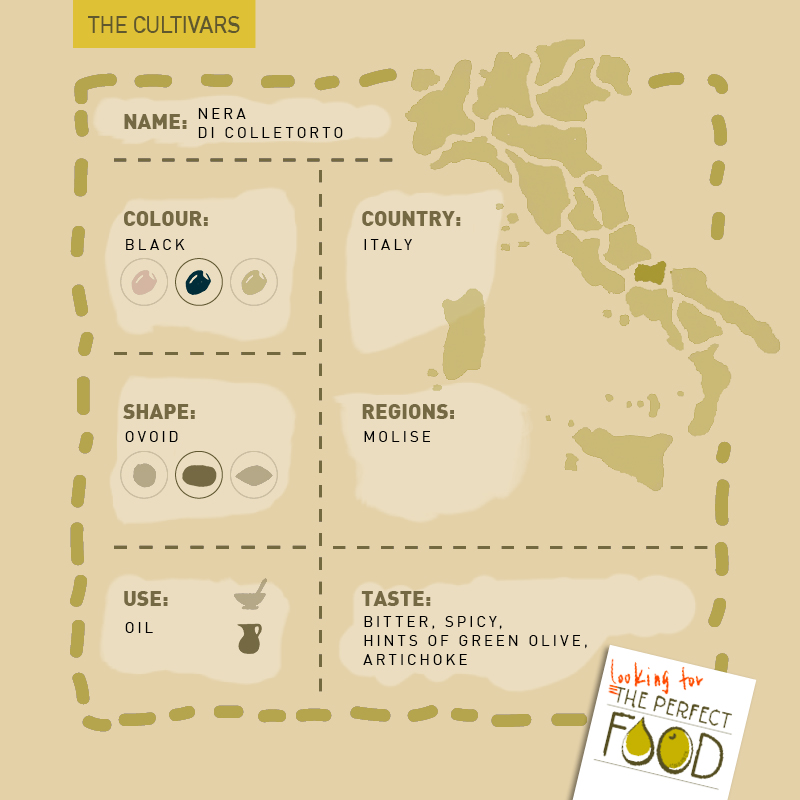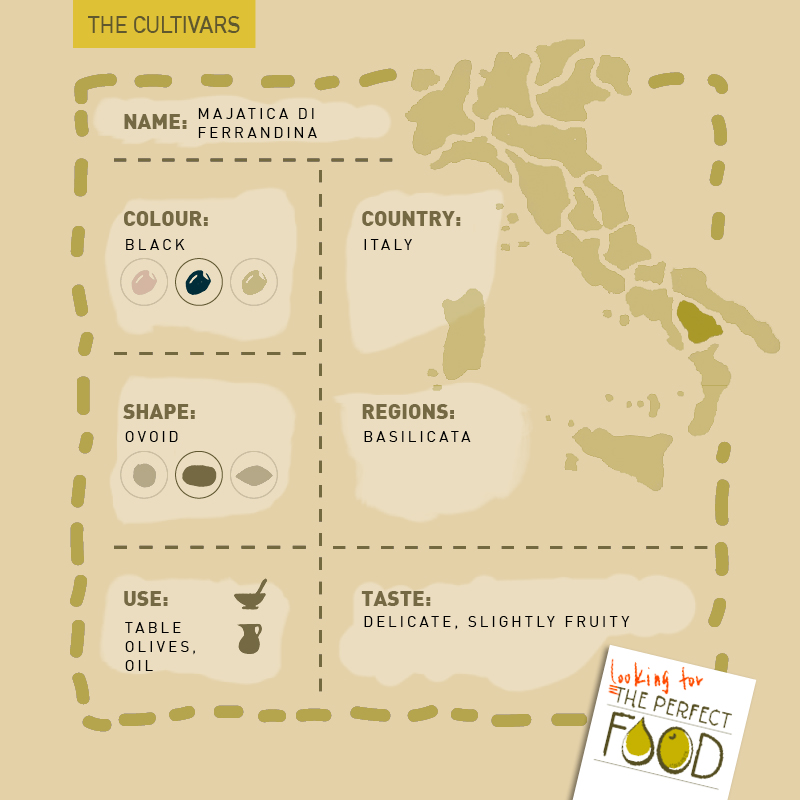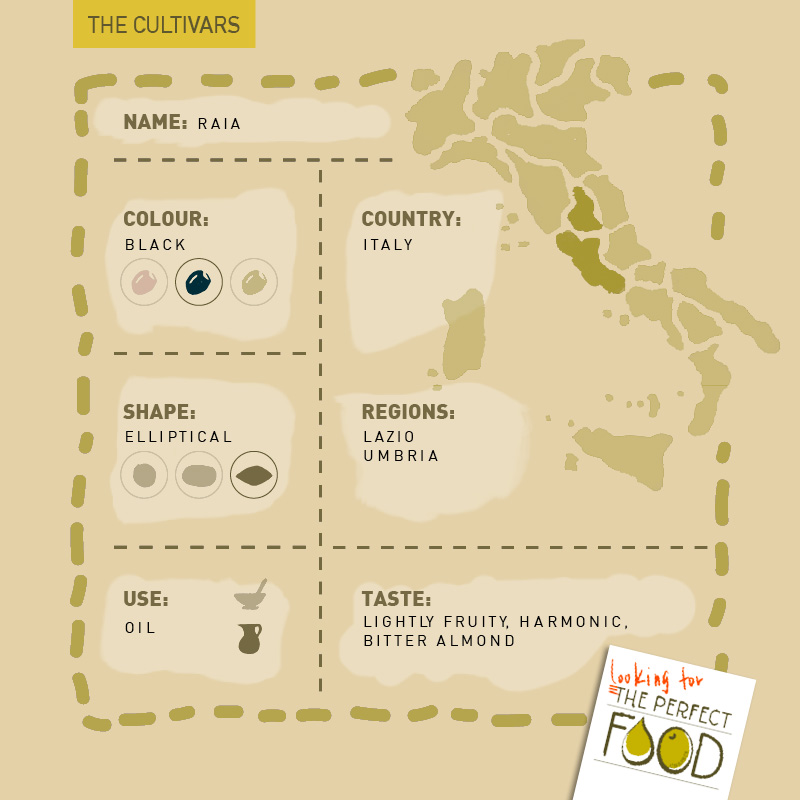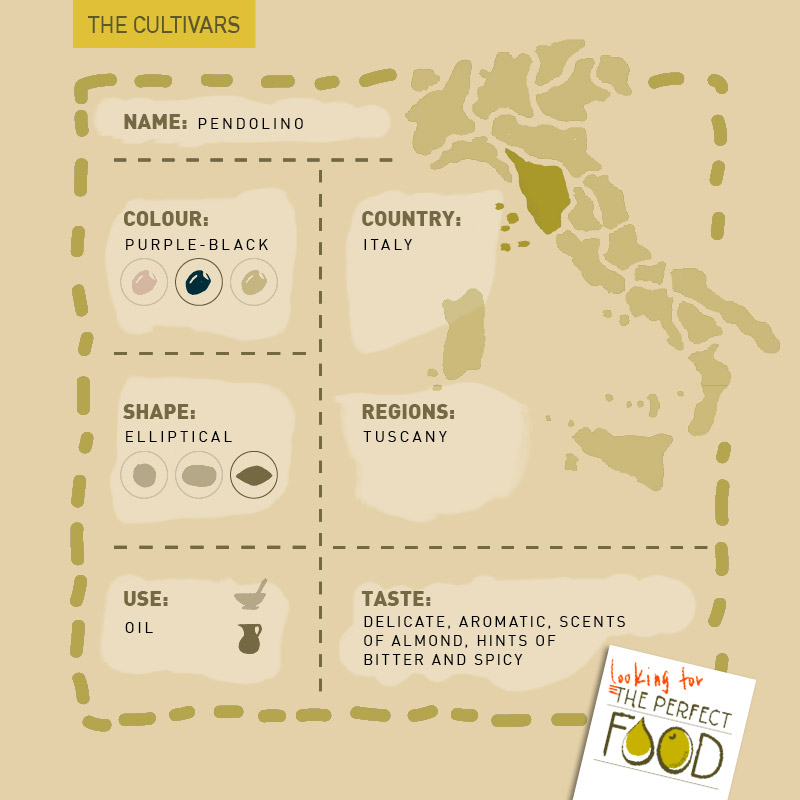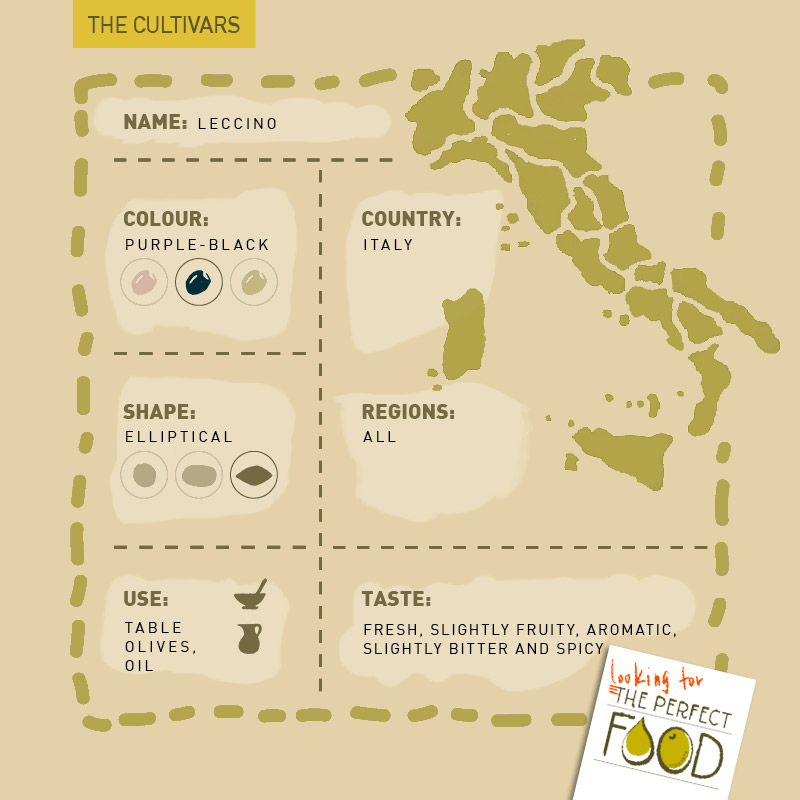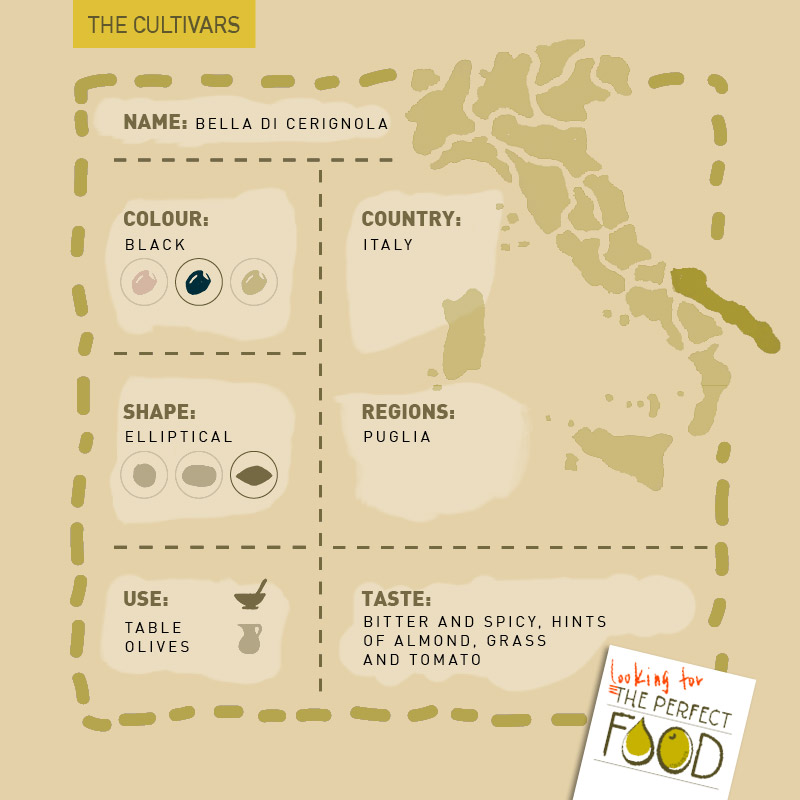European Cultivars
A territory like that of Mediterranean Europe offers a huge variety of high quality olive types: the matrices of origin are widely diversified and each of them expresses unique environmental, climate and landscape conditions.
The result of this richness is an extraordinary biodiversity, to which every area of Mediterranean Europe contributes by expressing different olive varieties (“cultivars”), connoted by personal organoleptic properties.
European olive production is therefore particularly varied: individual cultivars are the result of unique territorial conditions and a specific genetic structure, which has evolved naturally over time and today represents a unique heritage in terms of taste and nutritional characteristics.
Learning to distinguish between the different varieties is the first important step towards better appreciating these excellent resources of European agricultural heritage.
But where is this richness concentrated? As mentioned, production is widespread at the level of the entire Mediterranean area, with some areas that have always been particularly suited for olive cultivation.
The country where olive biodiversity is most concentrated is Italy, where more than 600 native cultivars have developed and evolved over time – an absolute world record.



